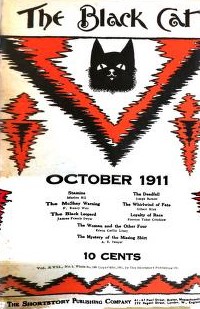By O. B. Myers (?-?).
First appearance: Dime Detective, May 1941.
(Cover image showcases the story.)
Short story (12 pages).
Online at The Luminist Archives (HERE; it will be necessary to download the entire issue; go down to text page 98).
"The other gun bellowed twice more in abrupt succession, and Ned felt a faint breeze fan his cheek."
When an agent for an insurance company that indemnifies couriers happens to see a
violent bond robbery, he's doubly involved both as a witness and professionally, leaving
him determined to do something about it—but he never bargained on a wild shootout
in the dark . . .
Major characters:
~ Ned Hollister:
"Doctor, did you notice the way he looked at me? That strange expression, when I told
him—"
~ Doctor Nelson:"They all make faces when they kick off."
~ Joe Voder:
"He deserves better than potter's field."
~ The detective-lieutenant:
"If we didn't have a couple of dead men on our hands, I'd begin to think there hadn't
been any shooting at all, witnesses or no witnesses."
~ The woman:
"Close behind him came a girl who sprinted lightly on her toes, like a dancer. She had
striking features with dark eyes under penciled brows which were probably stunning in repose."
~ Officer Hannigan:"Don't tell me I got the wrong one this time!"
Resource:
- FictionMags's short fiction list for Oscar B. Myers shows he was a multi-purpose pulpster generating fiction that often had an aviation background (e.g., Battle Birds, War Birds, Flying Aces, Dare-Devil Aces, etc.) or, very rarely, athletics (Dime Sports), but more frequently crime fiction (e.g., Popular Detective, The Phantom Detective, G-Men Detective), seven stories of the latter featuring his series 'tecs Nick Bray, three with Rig Donaldson, and two with John Cummings. "Bonds to Burn" seems to be his only Ned Hollister adventure.
~~~~~~~~~~~~~~~~~~~~~~~~~~~~~~~~~~~~~~~~~~~~~~~~~~~~~~~~~~~~~~~~~~~~~~~~~~~~

















































